
- Share
- Tweet
- Share
- Share
- Pin
How to Pick Exactly the Right Blue
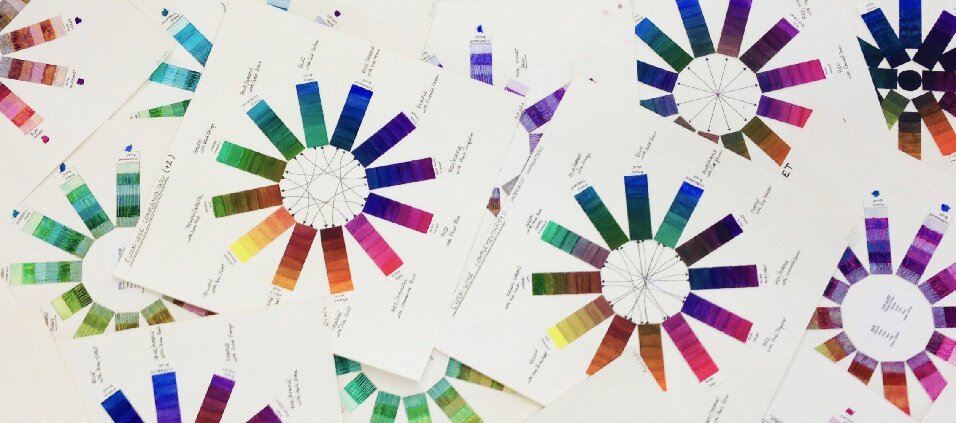
Color is everywhere. In fact, it's so much a part of our lives that we sometimes don't even see it. Yet what a glorious kaleidoscope it is!
Do you ever wonder how to choose exactly the right palette for a project? It could be for a painting or picking the right Color Scheme for your living room.
These decisions can be super stressful! So much pressure to pick the right one. It seems overwhelming doesn't it?
Color Wheel Ideas for Art Teaching
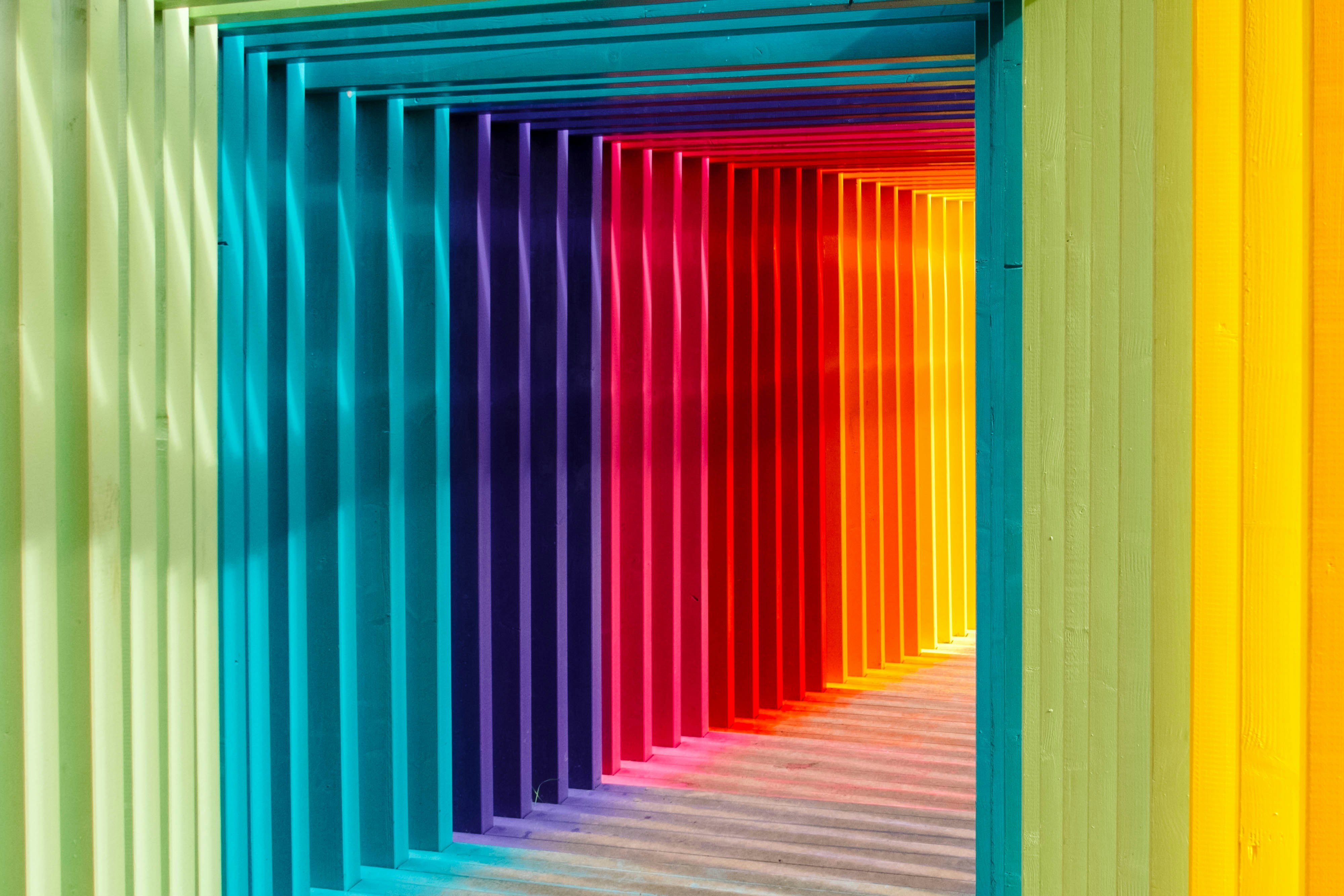
Repeating the same color theory lessons year after year can become tedious. While color wheels are commonly used for teaching color relationships and mixing colors, we have a solution to the monotony of traditional methods! Introducing a variety of creative and interactive color wheel activity that will excite your students and keep them eager for more.
How to Describe Colors in Writing With Color Wheel

You may have observed that I have a strong passion for design. Having previously worked as a graphic designer and product manager, I am keenly interested in clean lines and well-balanced aesthetics. I enjoy tackling challenges to ensure that form and function integrate flawlessly. One aspect of design that particularly captivates me is color theory, including the use of the color wheel art, and the symbolism of colors. I find it intriguing that specific colors can evoke distinct personalities or identities, similar to characters in a narrative.
The Art of Education Drawing: Engaging Minds Through Creativity
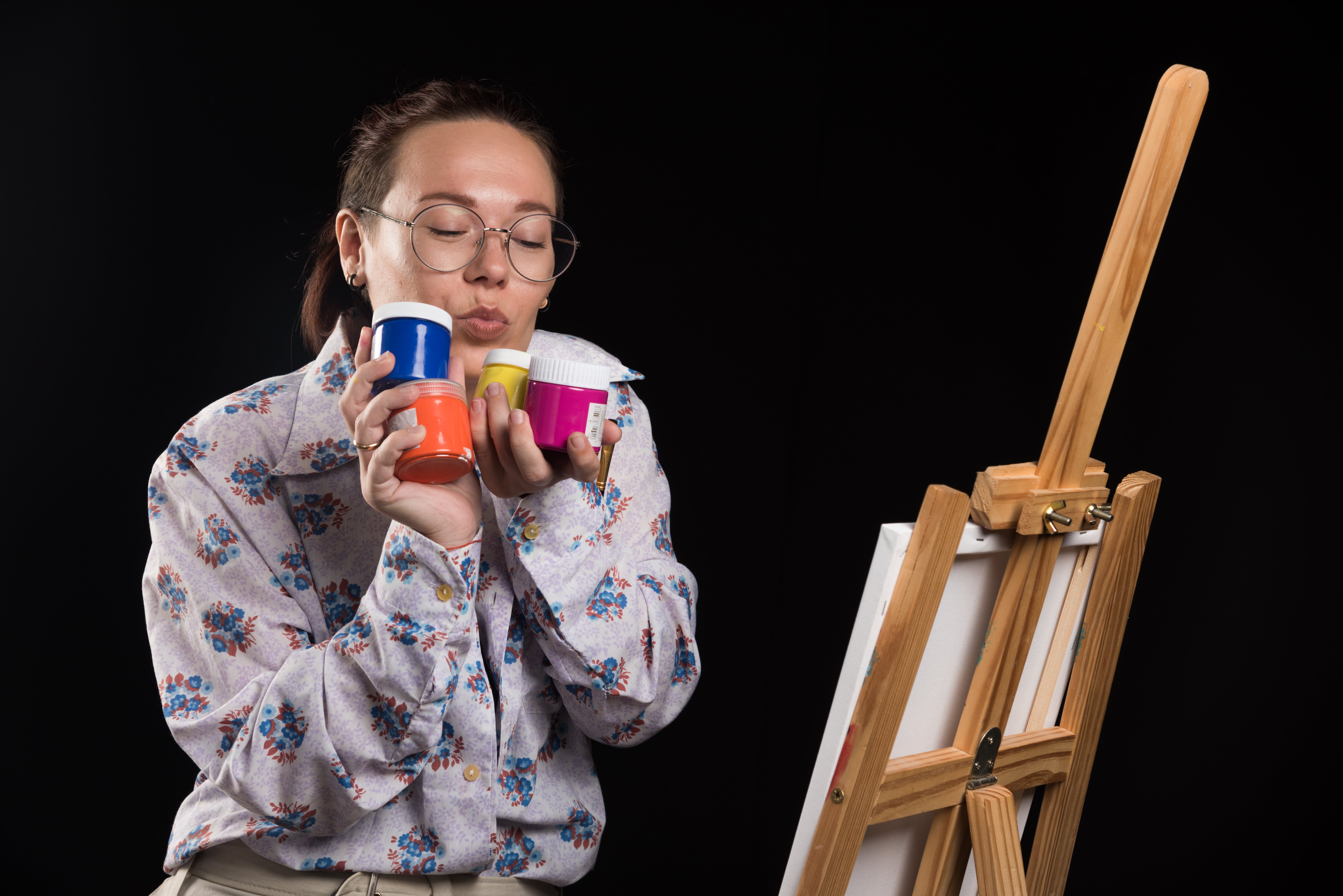
Drawing is more than just an art form—it's a powerful educational tool. Incorporating education drawing into the learning process helps students visualize concepts, think creatively, and engage with subjects in a hands-on way. Techniques like using color wheel art can further enhance lessons by teaching students about color relationships and how they influence design and composition. This approach can transform any classroom into an innovation hub, from simple sketches to detailed diagrams
History And Evolution of Colours: Quique Guide
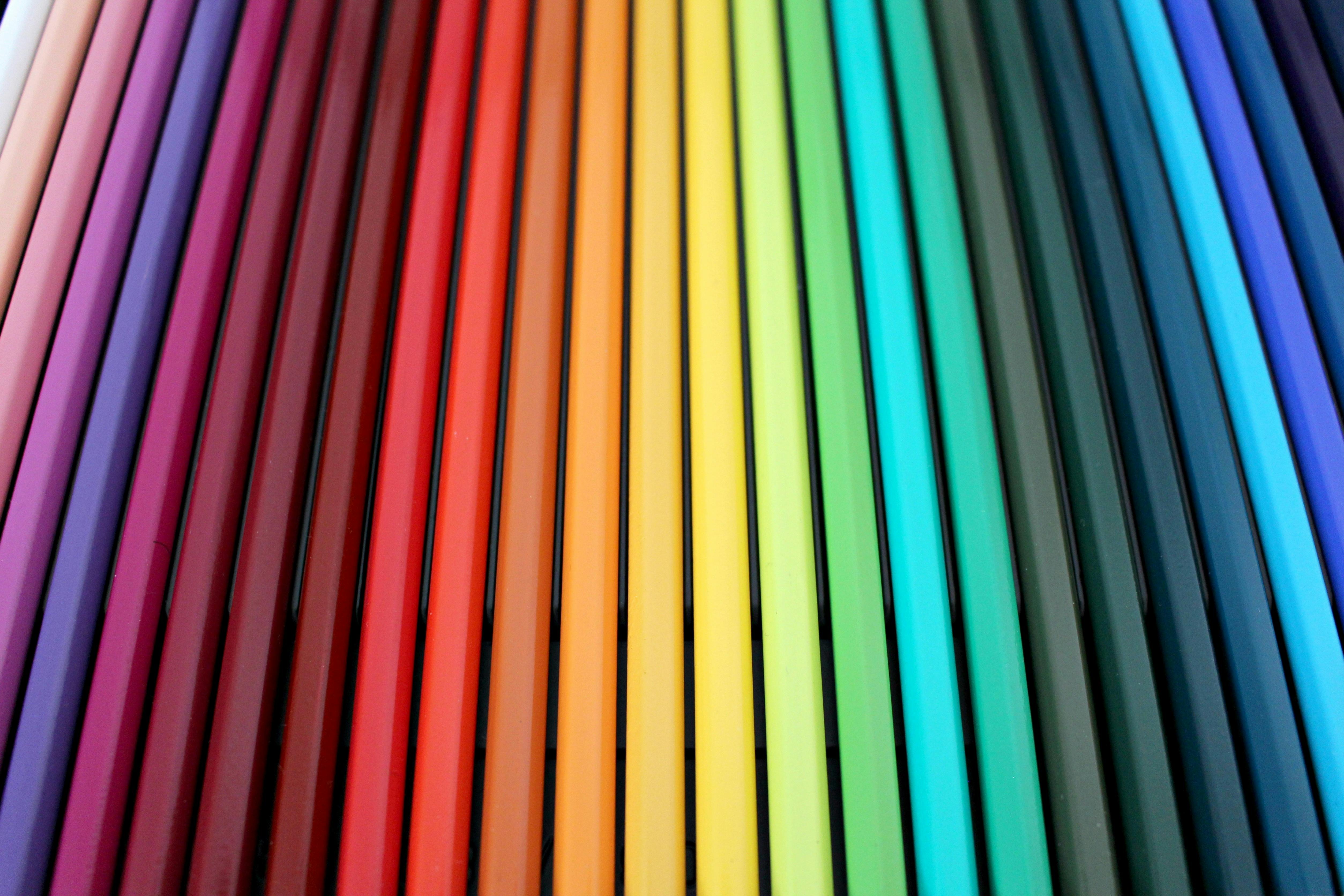
Can you picture a world devoid of color? At ColorWheelArtist.com, we celebrate the vibrant spectrum of hues that enrich our lives today. From the many shades of yellow—bright yellow, soft yellow, and yellow ochre—to countless others, identifying colors and attributing significance to them has become an integral part of our world. But how did we start to develop this vibrant array of colors? Examining the history of color provides a deeper cultural context, shaped by specific times and locations rather than merely associations.
How to Choose Colors for a Painting: A Comprehensive Guide to Vibrant Artwork
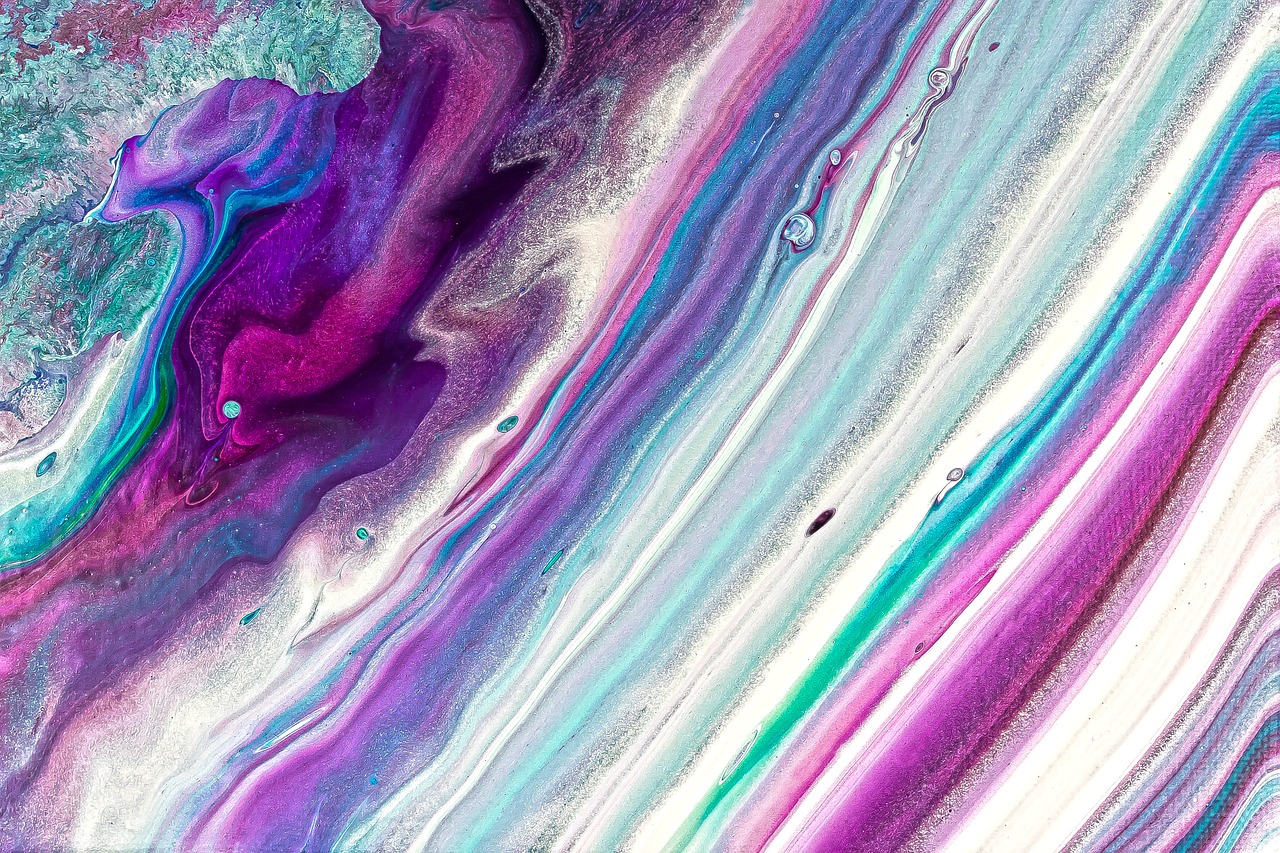
Selecting colors for a painting is a crucial yet often challenging aspect of the creative process. Whether an artist is just beginning their journey or already has experience, mastering color theory and its practical application can significantly enhance their work. This guide delves into the fundamentals of color theory and demonstrates how to apply these principles to create harmonious and impactful compositions.
What Color Do Red and Green Make? Exploring Color Theory and Mixing
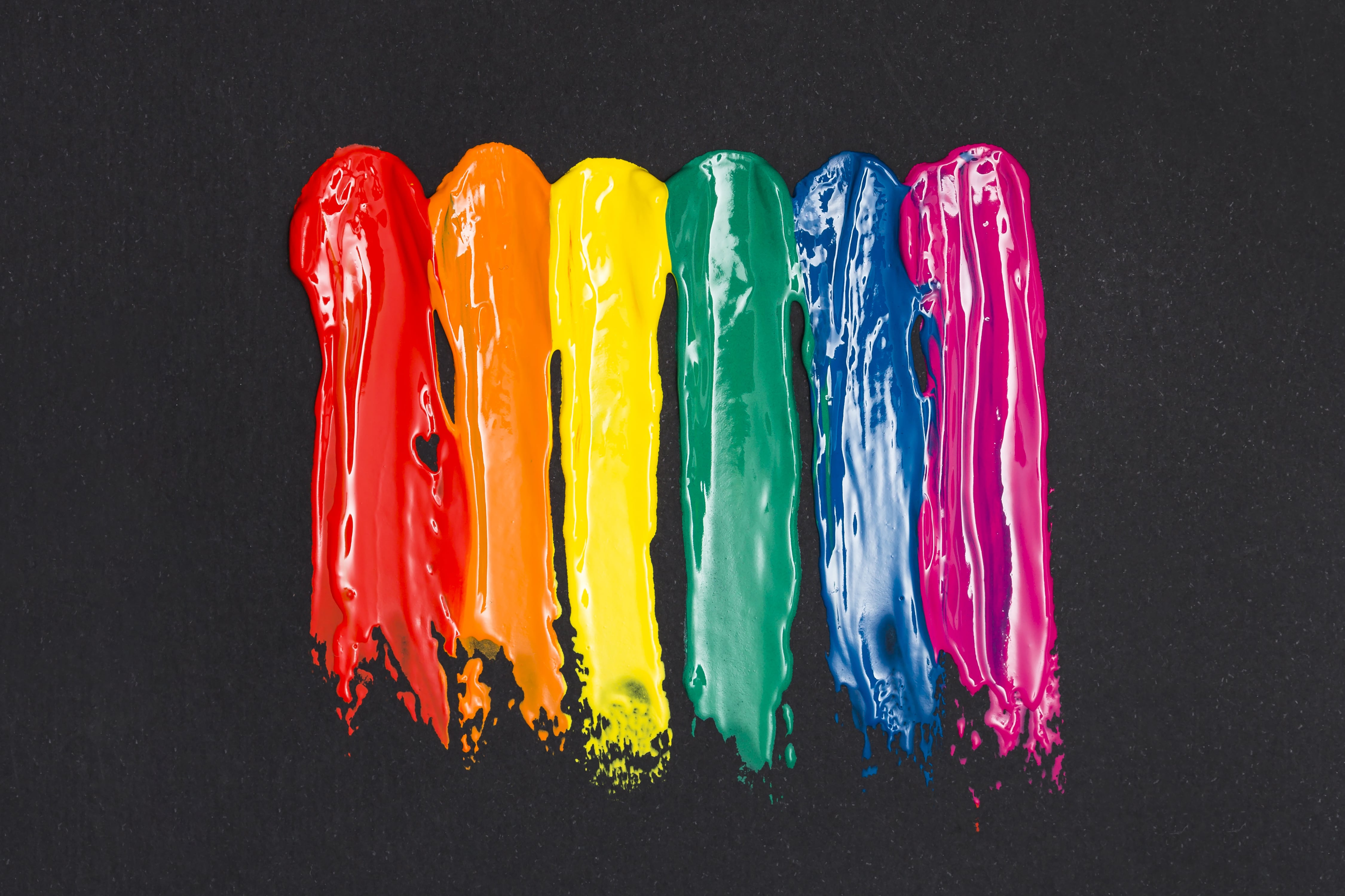
Color is fundamental in art, design, and everyday life, influencing our emotions, perceptions, and interactions. Understanding how colors interact and combine is essential for artists, designers, and anyone interested in the visual arts. One common question arises: what color does red and green make? This inquiry delves into the principles of color theory, exploring the science behind color mixing and the resulting hues when red and green are combined.
Easy Paint Ideas for Beginners: Creative and Simple Projects to Get You Started
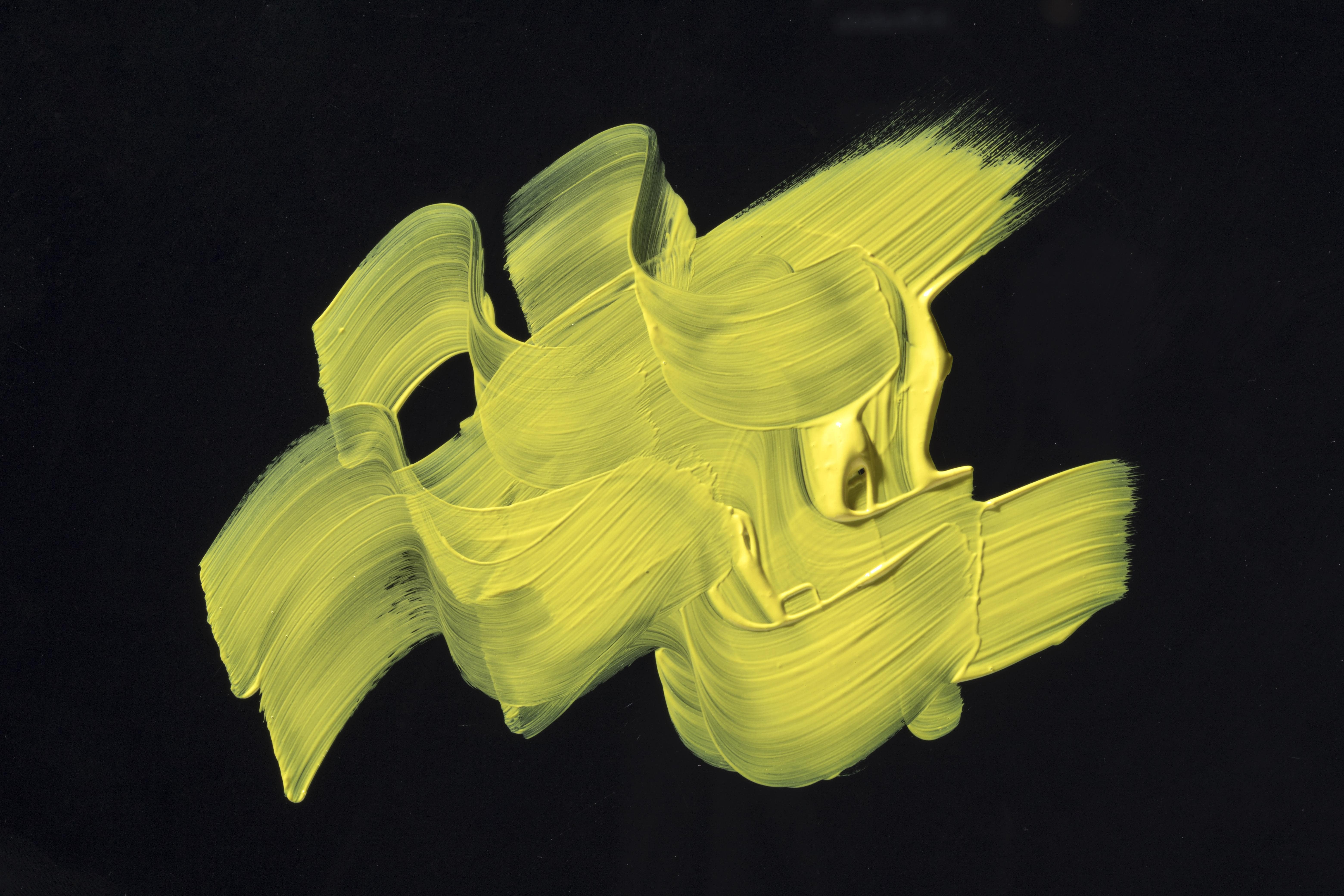
Painting is a wonderful way to express creativity, relieve stress, and enhance cognitive skills. Whether you're an educator looking to incorporate art into your curriculum or a student eager to explore your artistic side, finding easy paint ideas can make the process enjoyable and fulfilling. This article provides a range of easy paint ideas for beginners, offering step-by-step guidance and tips to help you confidently embark on your painting journey.
What Color Represents Fear? Exploring the Symbolism and Psychology Behind Dread
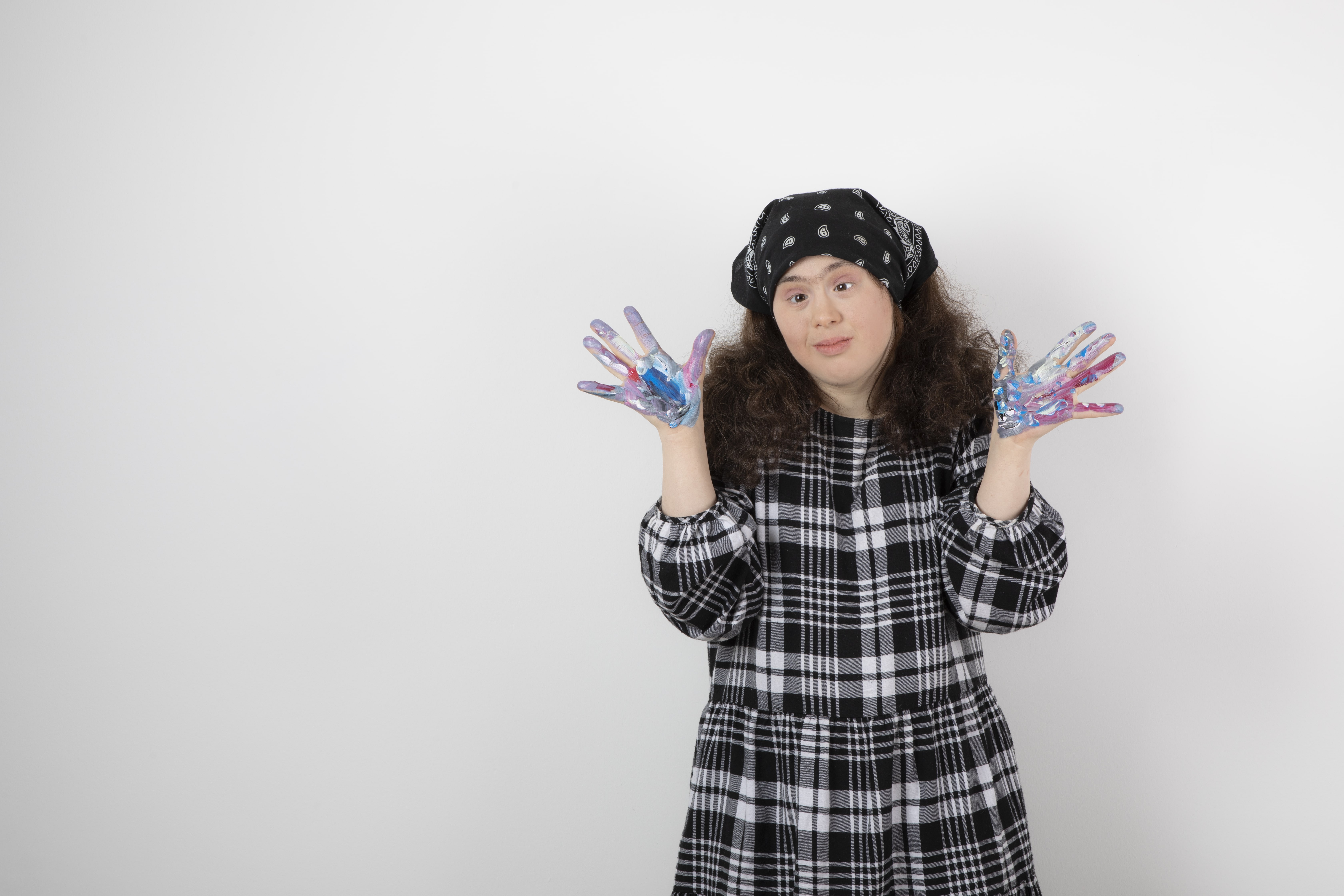
Fear is one of the most primal human emotions, rooted in our instinctive drive for survival. From horror movie posters to cautionary signs, certain colors have become visually linked with feelings of apprehension or alarm. But what color represents fear in art and culture? And what color represents fear and anxiety from a psychological standpoint?
The Spiritual Meaning of Colors: Exploring Symbolism and Significance
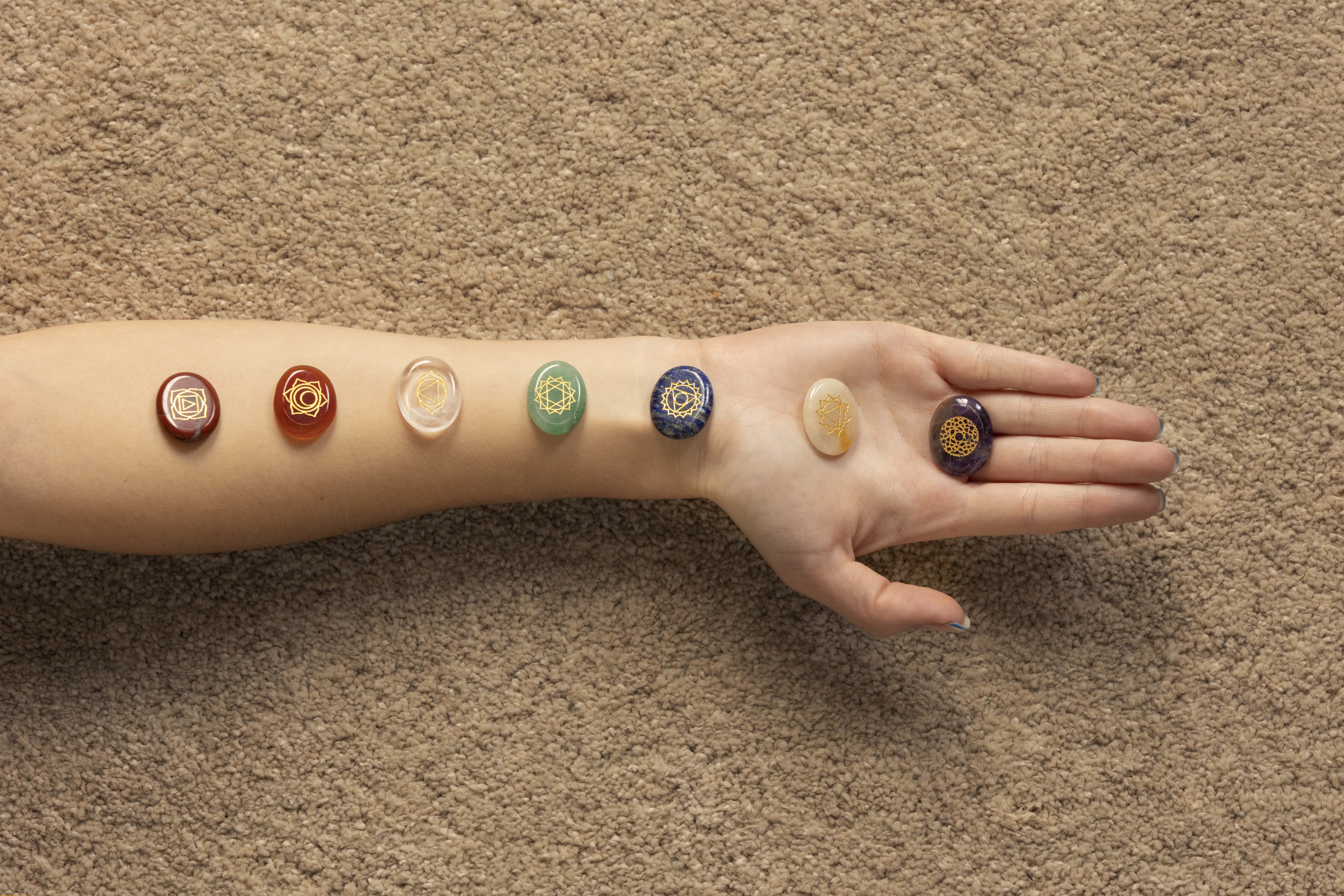
Colors have always held a special place in human culture and belief systems. From ancient civilizations to modern-day spiritual practices, color has been used to convey emotions, represent deities, and illustrate complex ideas about life and the universe.
Color Psychology in Art: Understanding How Colors Shape Emotions and Meaning
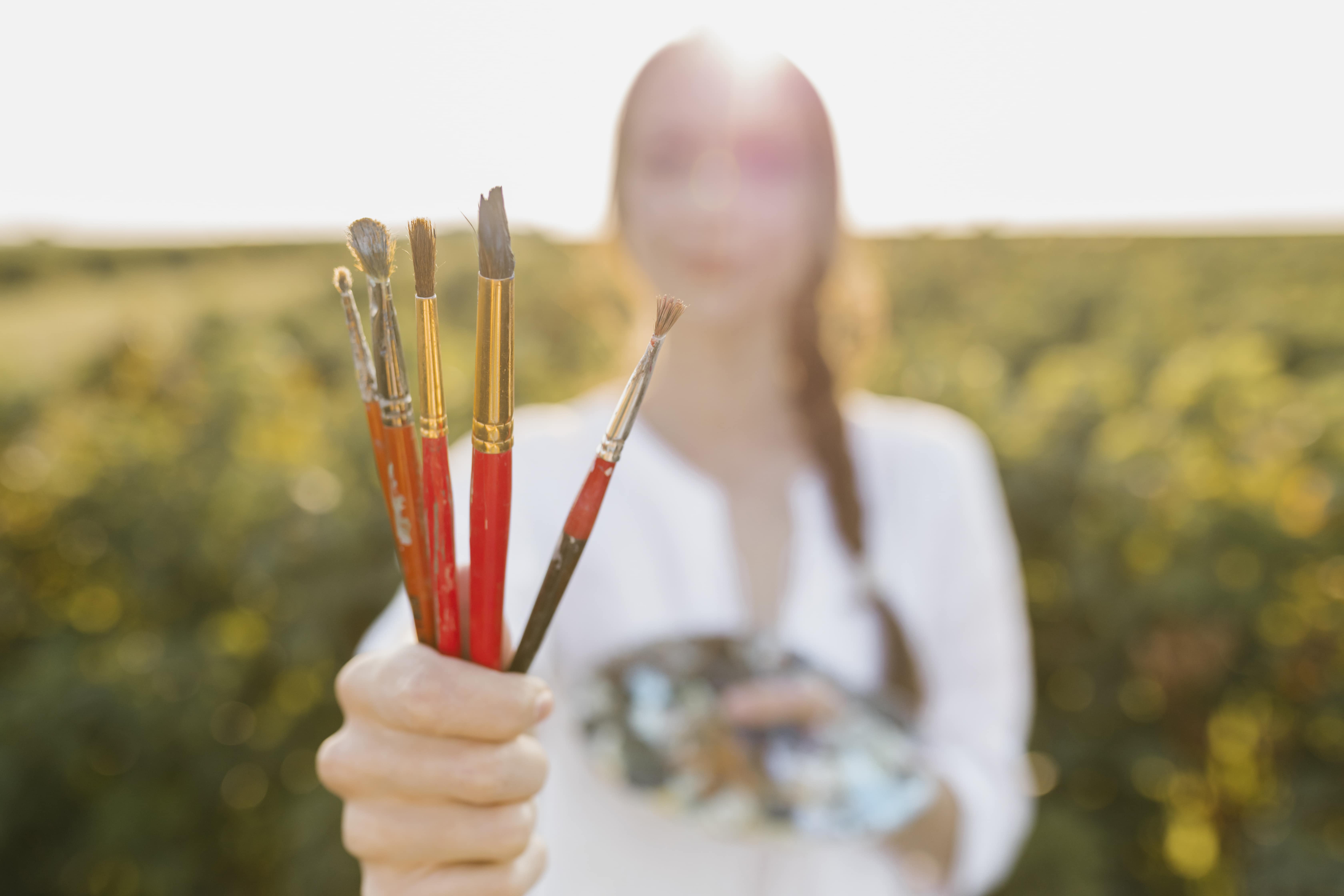
Color has long been considered a powerful means of communication in the visual arts. Throughout history, artists have experimented with different hues and shades to evoke emotional responses, convey symbolism, and create deeper connections with their audiences.
Educational Insights into the Turquoise Colour: Definition, Codes, and Combinations

Turquoise color has long captivated both artists and educators with its unique blend of blue and green hues. Its versatile appeal makes it a frequent subject in art and design classes and an effective tool in educational environments.